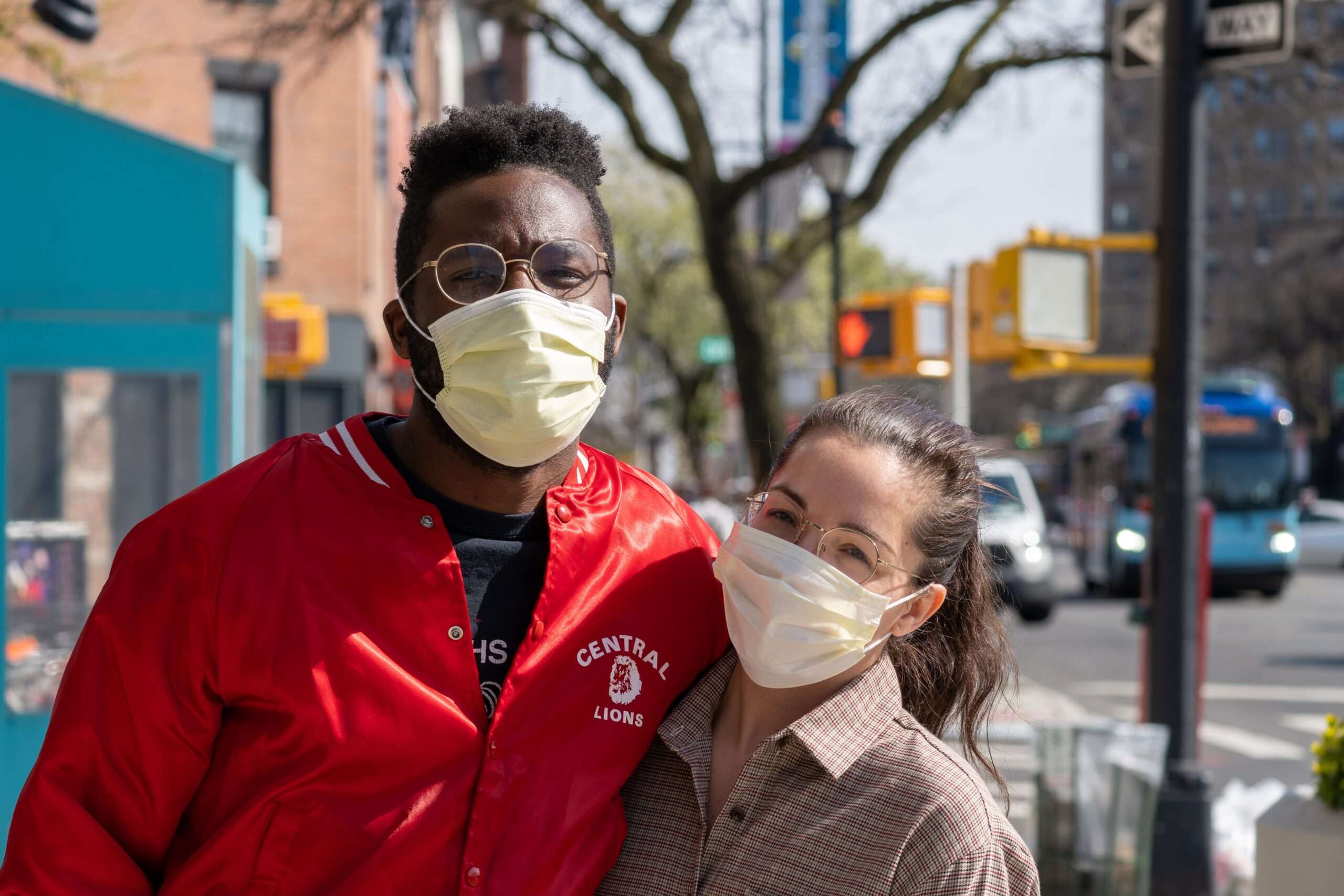According to a rigorous new review of available research, wearing masks to prevent the spread of COVID-19 and other respiratory illnesses has had almost no impact on societal levels.
“Surprisingly, 12 trials in the review, ten in the community and two in healthcare workers, found that wearing masks in the community probably makes little or no difference to the transmission of influenza-like or COVID-19-like illnesses,” wrote Tom Jefferson, a British epidemiologist and Co-author of the Cochrane Library’s new report on masking trials. “Also, the review found that masks had no effect on laboratory-confirmed influenza or SARS-CoV-2 results. Five other trials showed no difference between one type of mask versus another.”
This finding is significant given how comprehensive Cochrane’s review was. Randomized control trials had several thousand participants, and made useful comparisons: those who received masks—and, according to self-report, actually wore them—versus those who did not. Other studies that have attempted to uncover the effectiveness of mask requirements have tended to compare one municipality to another without considering relevant differences between groups. This was true of an infamous study of Arizona school masks conducted at the county level; The findings were cited by the Centers for Disease Control and Prevention (CDC) as reasons for keeping the mask mandate in place.
“Comparing Pima and Maricopa counties is a meaningless way to study masks — because people are fundamentally different — apart from wearing masks,” noted Vinay Prasad, an epidemiologist who opposes the COVID-19 mandate. “They have different vaccination rates and different levels of precautions.”
Cochrane employed randomized control trials (RCTs), which are considered gold standard For review. And the results are indisputable: Zoom out to the population level, and masks make little sense in COVID-19 cases.
“Pooled results of RCTs did not show a clear reduction in respiratory viral infections with medical/surgical mask use,” the authors wrote. “There was no clear difference in healthcare workers’ use of medical/surgical masks compared to N95/P2 respirators when used in routine care to reduce respiratory viral infections.”
David Zweig, an author who helped draw attention to the Arizona study’s flaws, points out that these negative results reflect a basic reality: Although individual mask wearers may receive some benefit for a period of time, if consistently, completely Wear a mask, it doesn’t match the overall experience. According to Zweig:
Even the most ardent mask supporters, who want to wear them properly, fail to do so. And, as this study and others illustrate, even when masks are required they are either not worn properly, or not worn at all by a significant number of people. These are picture from a The New York Times The article ironically shows that children are no exception to this problem. And neither do teachers — this study published by the CDC on school outbreaks captures the problem quite well: “Teachers read aloud without masks in class despite mask requirements while indoors.”
In short, Benjamin Recht, a statistician at UC Berkeley who co-authored a reanalysis of the Bangladesh RCT that refuted that trial’s findings, says: “At this point, I doubt any study will change anyone’s mind about masks. But all randomized A consistent finding of the study is that the effect of this intervention at the population level is imperceptibly small.”
The results have yet to penetrate the mainstream media bubble: where flawed studies like Arizona’s get rave reviews in its pages. The New York Times And The Washington Post, so far the Cochrane review has not attracted coverage from these outlets Nor did it solicit commentary from the CDC — an agency that has routinely seized less compelling evidence to recommend the maintenance of invasive COVID-19 interventions like mask mandates and lockdowns.
Indeed, even though mask mandates are no longer a common part of American life, there are still enclaves where masks are required. Some US schools have left mask mandates in place, or brought them back during flu season. In the nation’s capital, George Washington University still requires masks in classrooms.
if Follow science Updating its own precedent as new evidence becomes available means that institutions requiring masks should finally admit — three years into the pandemic — that imposing them indefinitely on unwitting people, especially children, is not a defensible tactic. For any lingering government requirement, let this be the final and long overdue word: No more orders.

